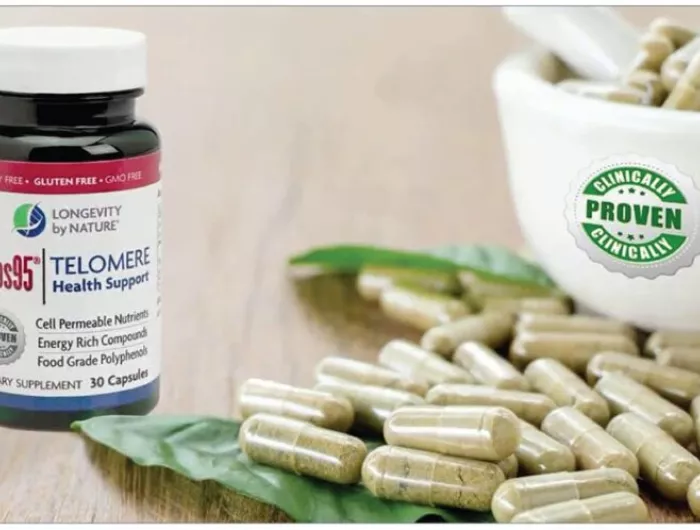What does it mean for a supplement to be “Clinically Proven”?

What does it mean for a supplement to be "clinically proven"? Not much. Here's how manufacturers can use the claim to sell us supplements we don't need.
How the Telos95 supplement became "clinically proven"
“Clinically proven,” says the ad for Longevity by Nature’s Telos95 Telomere Health Support. Take the supplement (made of grapevine and olive leaf extracts) to “reverse cellular aging” by lengthening telomeres—the caps on our chromosomes—“by an astounding 80 percent.”
Here are some of the tricks that the company used to “prove” that Telos95 works.
Outsource the research
To conduct its study, Longevity by Nature hired Princeton Consumer Research.
“Whatever your product does, PCR is here to provide your brand with the appropriate efficacy testing to make your claims a fact by proving their legitimacy,” says Princeton’s website.
Why design a good study to see if your product actually works, when you can concoct one that will simply “make your claims a fact”?
Ditch the placebo group
Any good supplement trial needs a placebo group. If the results don’t differ between placebo takers and supplement takers, you can’t claim that the supplement works.
Uh-oh. So PCR randomly assigned 50 adults to one of two groups that took 65 milligrams of Telos95 either once or twice a day. No placebo, no problem! But without a placebo group, the results are worthless.
Measure something that may not matter
The authors sent volunteers’ blood samples to TeloYears, a company that will measure almost anyone’s telomeres for $89 (and that’s happy to sell you a month’s supply of its own supplements for $25 to $59).
The company calculates “TeloYear” age by comparing the length of your telomeres to those of people of the same age and sex. But even if the tests are accurate, they might not tell you much. In one study, telomere length was only slightly better than flipping a coin at predicting who would die over five years.
Skip the statistics
After six months, the average “TeloYear” age dropped by 7½ years in the once-daily Telos95 takers and by 8½ years in the twice-daily takers, said the authors. How did they test to see if the difference was statistically significant? The study didn’t bother to say.
Publish results in a low-tier journal
The Telos95 study was published in HealthMED, the “Journal of Society for development in new net environment in B&H.” (That’s Bosnia & Herzegovina.)
The cost: probably around $800, judging by the journal’s fees. Small price to pay to be able to say “Clinically Proven.”




